
The Holy Grail, the cup that Jesus drank from at the last supper, is the stuff of legends. As early as the 7th century AD, pilgrims to the Holy Land claimed to have seen the cup on display near Jerusalem.1 This chalice appears in the legends of King Arthur as an object worthy of quest. Popular movies such as Indiana Jones and the Last Crusade also feature this theme.
The views expressed in this article reflect those of the author mentioned, and not necessarily those of New Creation.
Various traditions exist, preserving different ideas about the chalice, what it looked like, and what magical powers it possessed. But, what was the cup at the last supper really like?
The Last Supper

Passover was quickly approaching, and Jesus knew that the time of his death was drawing near. Hundreds of lambs were slaughtered every year in keeping with the law, their deaths temporarily covering the sins of the people. But this year, it would be different. This year, the Lamb of God would die to pay for the sins of the world (Hebrews 9:26). Jesus sent his disciples into Jerusalem to prepare for his final meal with them before his death. At that last supper, Jesus famously took the cup, stating, “This is My blood of the new covenant, which is shed for many” (Mark 14:23).
Relics, Myth, and Legend
There are a host of stories about the Holy Grail, including claims of its power to perform miracles. Additionally, there are multiple relics claiming the title of the Holy Grail. Here are a few of the more notable of these myths and relics.
Arculfus, a pilgrim to the Holy Land, claimed to have seen the cup of the last supper in Jerusalem. He described it as being silver, with two small handles, one on each side.2 But his visit to Jerusalem was over 600 years after the Last Supper. Was the cup that he saw the real, original chalice?
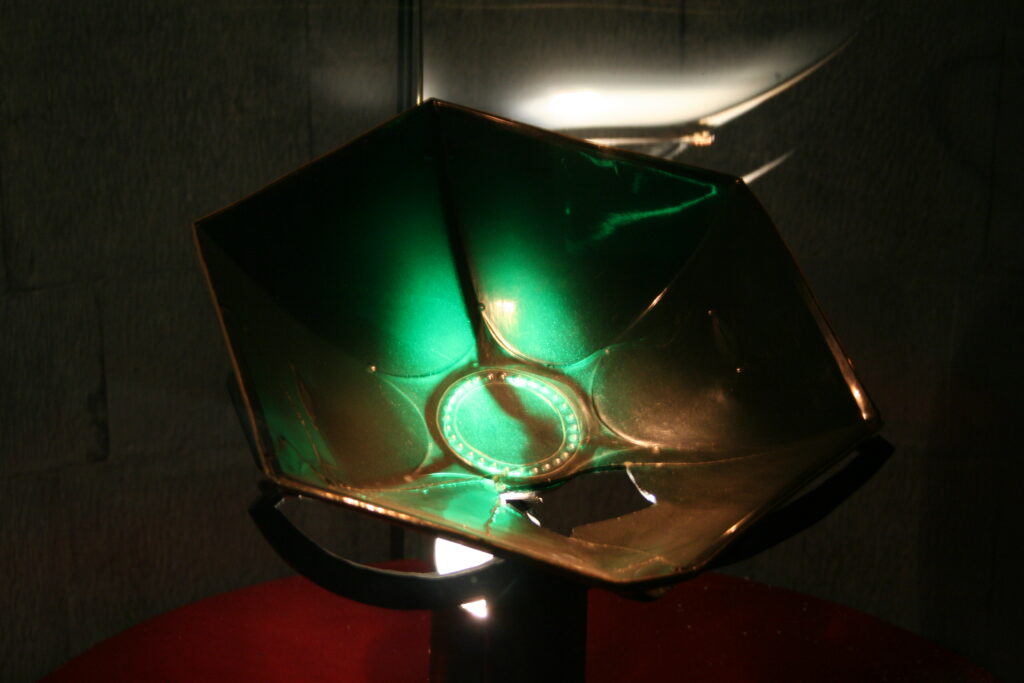
In the Cathedral of San Lorenzo, there is a relic known as the Sacro Catino. This green glass dish has claims of being the Holy Grail.3 However, recent analysis has demonstrated that it is not ancient enough to date back to the time of the Last Supper.
Another artifact, this one made of polished agate, resides at Valencia Cathedral.4 The original cup may date back as far as the fourth century B.C. At some later date, it was placed on an ornate chalice stand.
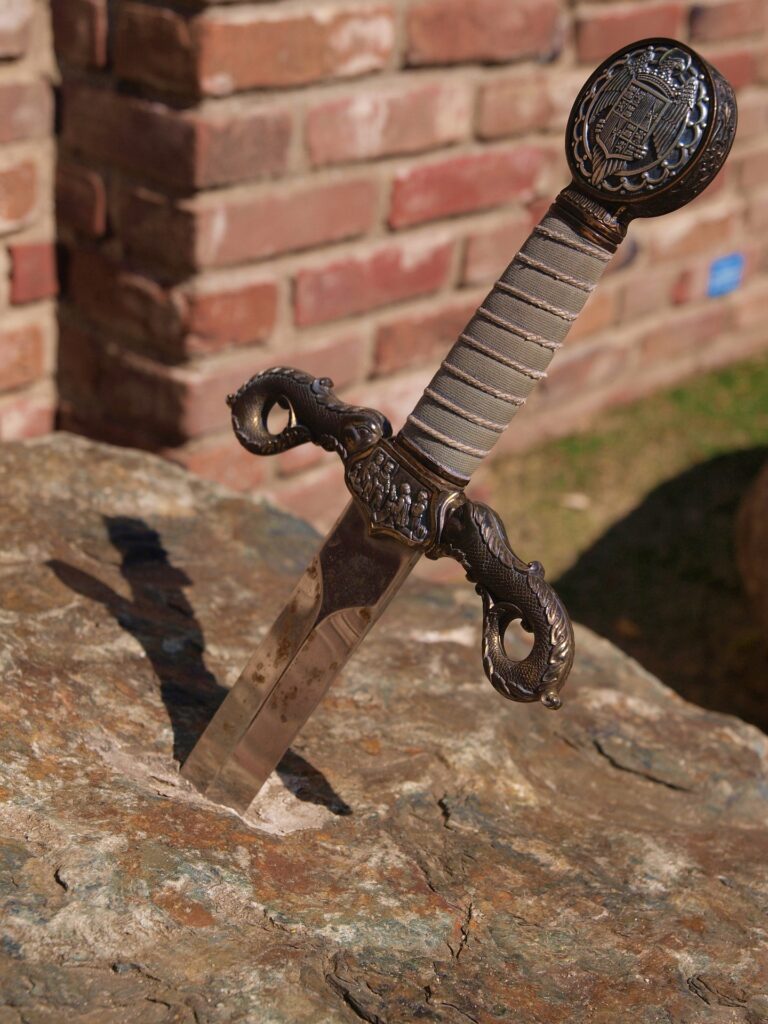
One of the Arthurian legends, The Quest for the Holy Grail, follows the story of Sir Galahad. He searches for the Holy Grail, which has gone missing under mysterious circumstances. By remaining pure-hearted, Sir Galahad and his companions are able to arrive at the Grail Castle, meet Jesus, and acquire the Grail. Miracles occurred when the Grail was present, such as a lame man walking and delectable food appearing. Galahad is crowned king. Later, when he is ready to die, God takes both Galahad and the Grail to heaven. The story describes the grail as being covered with red samite (heavy silk).5
More recent Grail interpretations include Monty Python and the Holy Grail, a parody of the Aurthurian legend, and Indiana Jones and the Last Crusade, in which Jones and his father race against the Nazis to find the Grail. Jones finds a hidden room full of ornate cups. Adjured to choose wisely, he bypasses jewel-encrusted golden chalices and selects a plain wooden cup, “the cup of a carpenter.” The Holy Grail even shows up in the popular TV series, The Office, where Jim sends Dwight on a quest for the Holy Grail.
The Archaeological Evidence
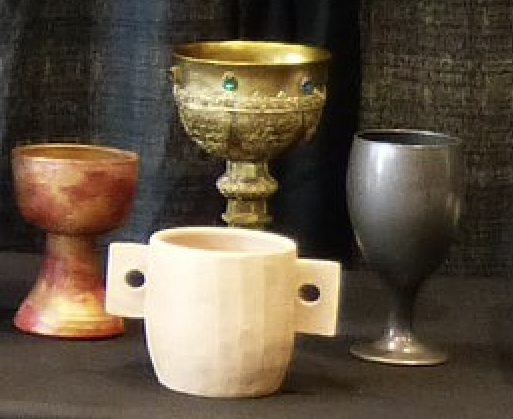
Ideas about the Holy Grail abound. Was it gold, silver, agate, glass, wood, or silk? According to the archaeological evidence, it was likely none of these. Instead, there is a high probability that it was a stone cup.
During the Second Temple Period, when Jesus and His disciples partook in the Last Supper, Jewish people in Judea had an obsession with ritual purity. Most dishes at this time were ceramic, but according to Leviticus 11:33, ceramic dishes could become permanently unclean and unusable. In order to maintain purity, Jewish people began carving dishes out of soft chalky limestone.6 That they still used ceramic dishes for daily use is evident from the vast amounts of broken pot sherds at archaeological sites, mixed with lesser amounts of stone vessel fragments. Perhaps the Jewish people reserved their stone vessels for special occasions. A special occasion, perhaps, such as the final meal between Jesus and his disciples?
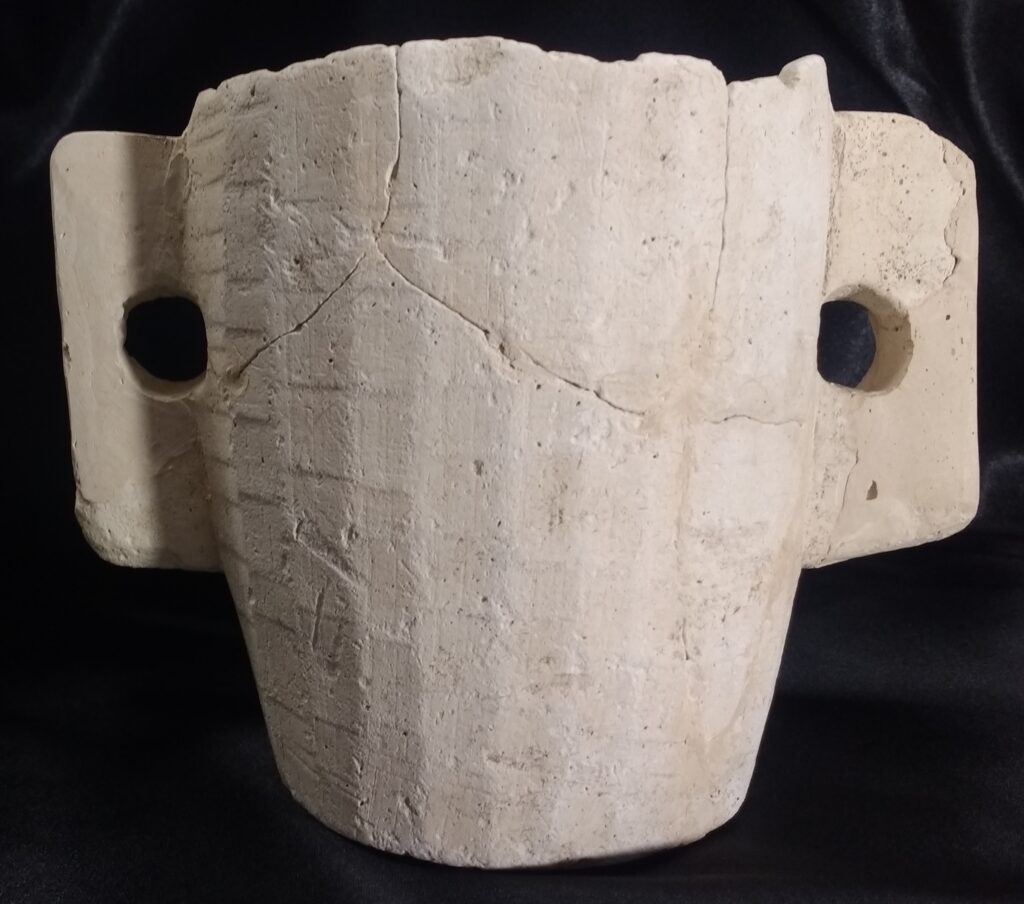
Although there are several types of stone vessels, one in particular is a quite common form found at many sites. It seems well suited as a candidate for the cup used at the Last Supper. It is a large mug with two handles, one on each side. This would make it easy to share the cup amongst those at the table, handing it from one person to the next. We may never know for sure what the Holy Grail looked like. Archaeologically speaking, however, a stone mug is the best candidate.
Why Does it Matter?
It can be interesting to learn about life and culture in the time of Jesus. Doing so can also help us to better understand the Scripture. Understanding these details about Jesus’ daily life helps us comprehend that he lived on earth as a real person who used dishes just like you and I do!
However, the artifact itself is not important. There is nothing magical about the Holy Grail, and venerating an object takes worship away from the Savior.
The important thing to remember is this: Jesus died on the cross, as the ultimate Passover Lamb. He willingly shed His blood to cover your sins and mine. He rose from the dead, proving His power over sin and death. By putting our faith in Him, we can receive forgiveness and secure eternal life in heaven (Matthew 26:28; John 1:29; John 3:15; Acts 16:31; Romans 6:9).
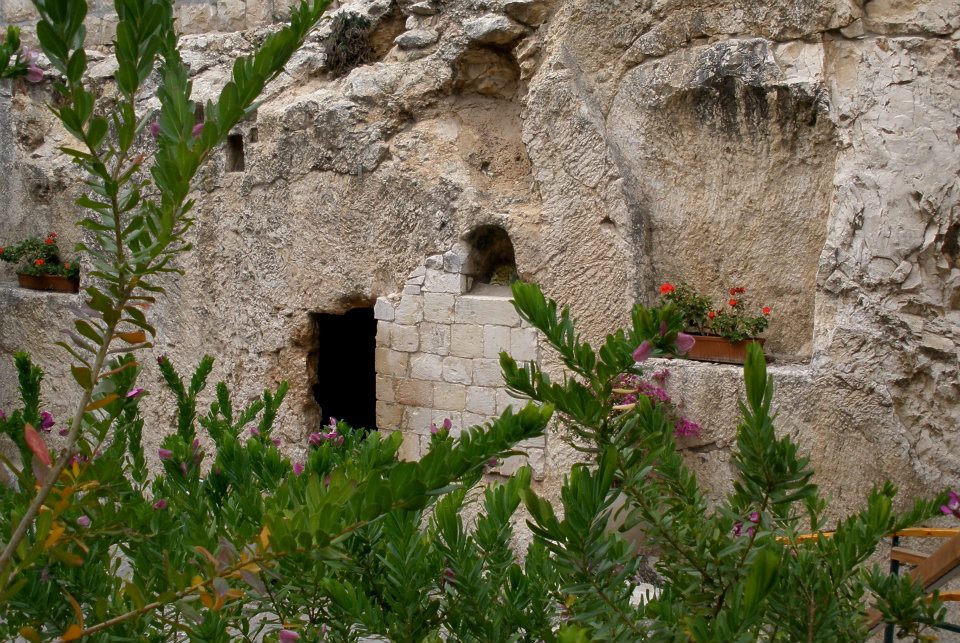
Footnotes
- Arculfus. 1889. The Pilgrimage of Arculfus to the Holy Land (About the Year A.D. 670). Translated and Annotated by Rev. James Rose MacPherson. London: Adam Street Adelphi. Pg. 11 ↩︎
- Arculfus, 1889, pg. 11 (Footnote 1) ↩︎
- https://www.visitgenoa.it/en/sacro-catino ↩︎
- https://www.visitvalencia.com/en/santogrial/chalice ↩︎
- Holland, Rupert S., ed. 1919. King Aurthur and the Knights of the Round Table. New York: Grosset and Dunlap. ↩︎
- Gibson, Shimon. 2003. “Stone Vessels of the Early Roman Period from Jerusalem and Palestine: A Reassessment.” In One Land – Many Cultures: Archaeological Studies in Honour of S. Loffreda, edited by G. C. Bottini, L. Di Sengi, and L. D. Chrupcaia. Jerusalem: Franciscan Printing Press. ↩︎

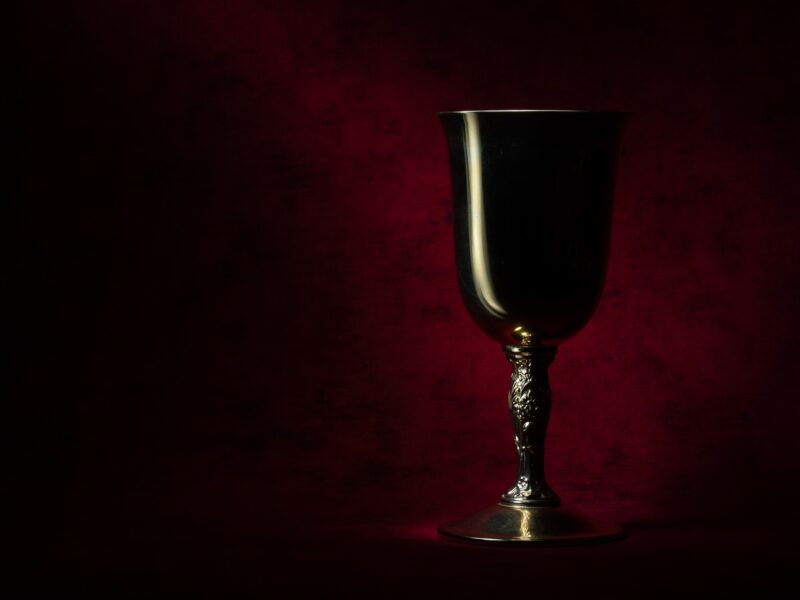
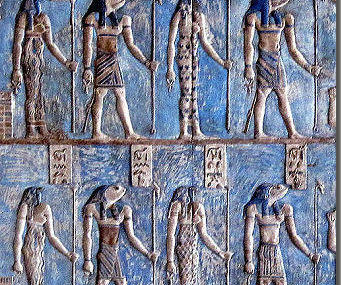
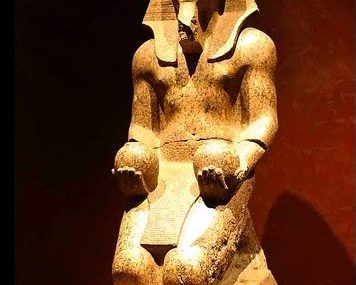


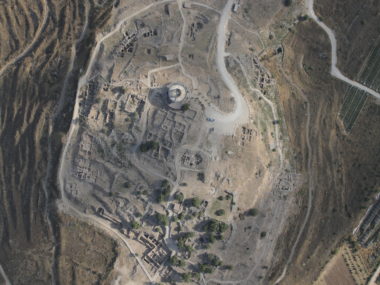


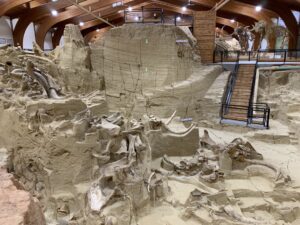


Excellent article and outstanding points! As a published writer, I’m providing an excerpt from my book titled Knight Errant: The Seduction of Guinevere, by my pen name Robert Devere. The excerpt addresses your very specific point: Do not worship the object, worship instead the Savior. The following discussion takes place between Lancelot and Sir Bors:
“I believe the Holy Grail exists, Cousin. Would not its recovery be a proof, no matter how small, that Jesus did partake of the Last Supper and He was crucified upon the cross?”
“How do ye think? The minds of men are not rational. Does a physical thing made by the hands of a human prove the spiritual? If a man says to you, ‘Look, I have found the nail that pierced the hand of Jesus, would you accept his proclamation without question?”
“And what if the nail were genuine? Would that not be very special? Should it not be displayed for all to see and ponder? Would it not be an awesome find?”
“Which is the more important? The Christ who was hanged on the cross for our Salvation or the nail that held Him in place? What is gained by worshipping the nail? And does not one’s fixation on the nail take some of the glory away from the Christ? Nay, the Grail, like the nail that pierced the hand of Jesus, proves nothing spiritual and it possesses no magical power. It only distracts men from He who is Truth and the way to eternal life.”
It was refreshing, Abigail, to read your similar words in an article contribution to New Creation, God Bless!